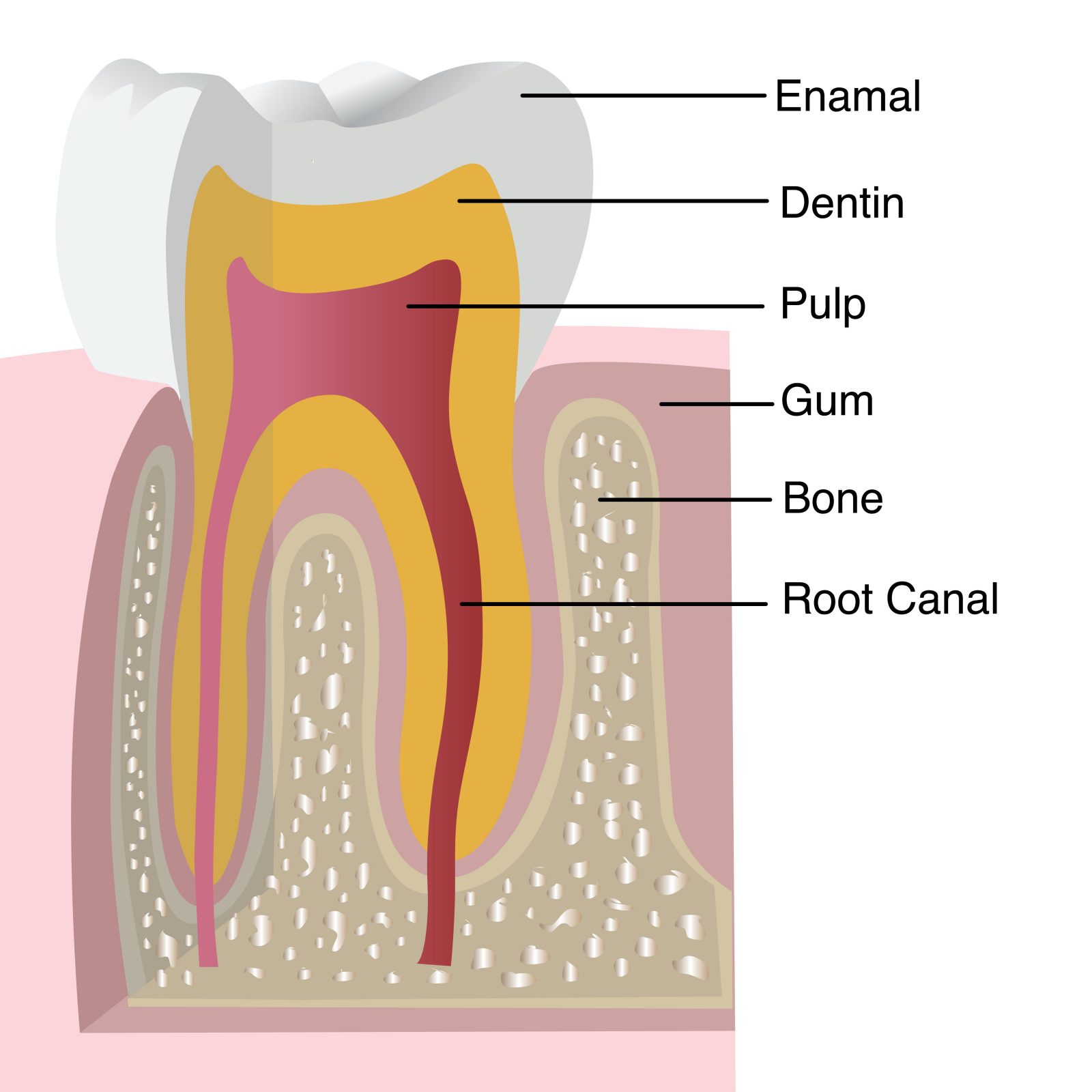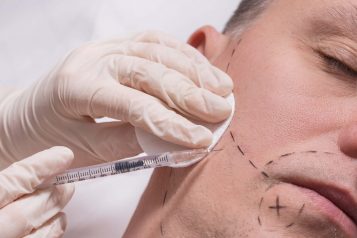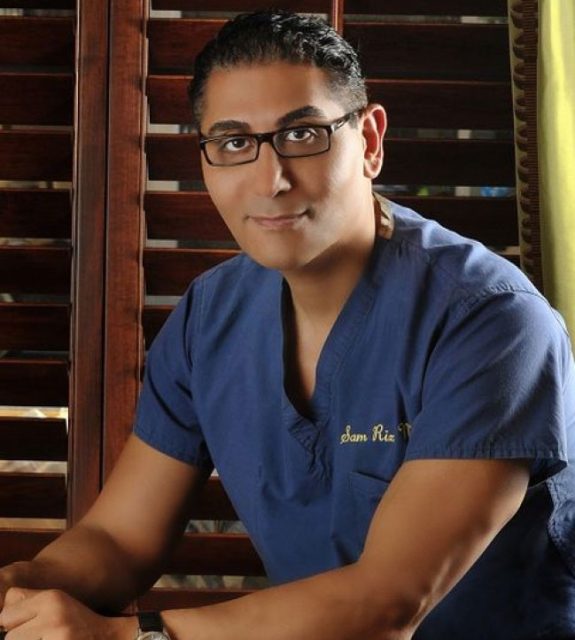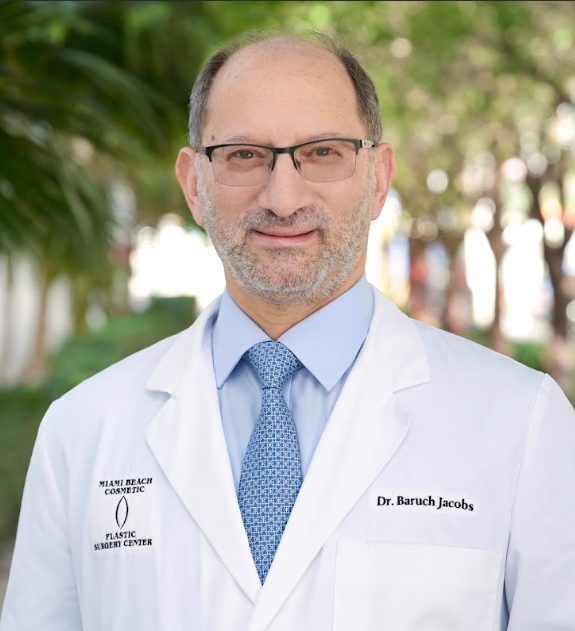M.Y. Dental Spa offers caring, compassionate, and comprehensive dental care for patients in the Midtown Manhattan area. The dental team at this general and cosmetic dentistry practice has a strong commitment to ensuring that all patients receive the care they need for a beautiful smile while feeling as comfortable and relaxed as possible. The team at M.Y. Dental Spa offers more than 20 years of experience in dentistry, along with pain-free dental care and a welcoming environment.
 Photo Credit: Shutterstock
Photo Credit: Shutterstock
Endodontics. A word that you might think you've never heard before until root canal gets thrown into the picture. Endodontics is the dental specialty that deals with tissues and structures located inside the tooth. In the case of a root canal, M.Y. Dental Spa removes the soft tissue inside the tooth - the pulp.
Besides the quite painful experience you might have embarked on in your past, endodontics is a field that also deals with other areas of dental issues such as:
- Dental trauma
- Microsurgery on the tips of the tooth's roots
- Figuring out what's going on when tooth pain seems to come and go intermittently or when the pain isn't localized at one tooth
The end goal of endodontics is restoring or at least "saving" your natural tooth when in these situations. Here Haute Beauty sat down with Haute Beauty expert at M.Y. Dental Spa, Dr. Mimi Yeung to get an inside look at endodontics.
 Photo Credit: Shutterstock
Photo Credit: Shutterstock
What's inside your teeth?
Behind the pearly white enamel of the tooth's visible crown lies the sturdy inner tissue – dentin. Dentin makes up the bulk of your tooth's structure and is, in fact, similar in many ways to bone tissue. The tissue comprises many tiny tubules that can transmit sensations to nerve cells when stimulated.
At the tooth's core, you have root canals, where soft pulp tissue lies. Your root canals consist of nerves, connective tissue, and blood vessels that extend into the tooth's center and exit through canals near the apex (tip) of the tooth's roots. When infection or inflammation develops in the pulp tissue, you might experience tooth sensitivity. This is one of the first signs of what we know as a root canal.
What could cause a root canal?
- Untreated tooth decay allows bacteria from the tooth's surface to work their way deep inside.
- A tooth crack or fracture could offer microorganisms another pathway to infect the pulp.
- Dental trauma — from a sports injury, for example — may also damage dentin or pulp or expose it to infection.
- Extensive dental procedures (such as multiple fillings or restorations on the same tooth) may cause trouble; occasionally, even routine procedures like orthodontics may eventually lead to root canal problems.
Other endodontic treatments may be recommended for removing sources of infection and preventing future problems. Following an endodontic procedure, it may be necessary to have a restoration (such as a crown) placed on the tooth to restore it to full function and aesthetic appearance. After that, with proper care, the restored tooth should last for years.
For more information, visit Dr. Mimi Yeung's social media:





















